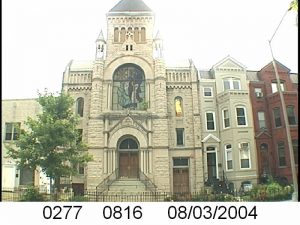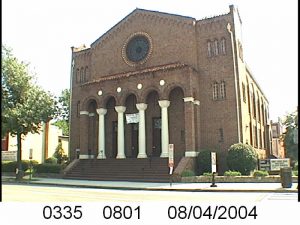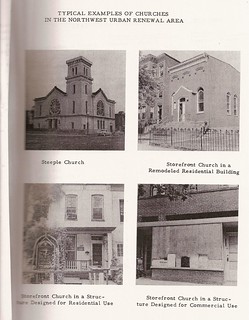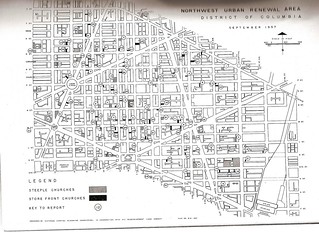Here’s all 5 of them from the 1940 Census: Mrs. Bertha M. Clark (53) of 35 Q St NW; Mrs. Clementine Plummer (50) of 1500 1st St NW; DC Native Miss. Eliza Matthews (60) of 1239 New Jersey Ave NW; another DC native, Mrs. Blanch Lewis (60) of 1225 New Jersey Ave NW; and Mrs. Lucille Powell (46) of 69 Hanover Place NW. According to the census, these women had 4 or 5 years of college education. Lewis and Plummer were listed as married, and considering my experience with Annie Newsome, I’d have to investigate that to believe it true. Clark and Powell were widows and the only two of the 5, who were listed as employed. Mrs. Clark was a teacher and Mrs. Powell a government clerk.
All of these women were born after the Civil War, so it is fair to assume they were either educated at a Black college or a Northern college that allowed African American students. There is a chance that the two DC natives, Mrs. Lewis and Miss. Matthews attended Howard, or another local college, but not knowing their occupations, I have no idea where to start or look, and with Lewis there is that name change problem with married women.
Starting with Mrs. Bertha Clark, who was married to Ray A. Clark, bought the house together in 1922 for $2,800. The Clarks may have owned other properties in DC, as Mr. Clark was a real Estate businessman, but I’m just going to focus on their life in Truxton Circle, or as known at the time Census tract 46. Ray A. Clark died October 28, 1933, so he shows up in the 1930 census, but is gone by 1940. Like the McKinney’s the Clarks are a dual income (no kids as far as I can tell) household, as Mrs. Clark worked as a teacher. It appears she sells the house in 1947. So like Mrs. McKinney, I should add Mrs. Clark to the list of inquiries for the Charles Sumner School Archive.
Clementine Kay Plummer bought 1500 1st St NW (Sq.554, lot 175) in March 1940 for $2,500. Her marital status is not mentioned, but she is clearly acting as a single entity in the purchase. Her estate sold her house in 1964. Apparently she was declared incompetent by the US District Court for the District of Columbia. Mental Health No. 361-64 if anyone wants to look that up. I’d guess she was suffering from dementia, if you consider her age. These things happen.
Ms. Plummer has a doppleganger, maybe, an African American woman also named Clementine Kay Plummer, also from North Carolina. I cannot tell if these are the same or different women. The Truxton Plummer (age unknown) lived at 130 Thomas Street NW , in Bloomingdale, in 1930 with Marie (20), Owen (14) and John (8) Plummer, as renters from a school nurse named Martella York, who owned that home. When Truxton Plumber is on 1st St, she is just living with her son, John, aged 17, which is just about right. Also in 1930 there is record of a Clementine K. Plummer a 39 year old woman living with her husband Dr. John L. Plummer (49), and children Marie K. (21) an office clerk, Owen Y. (15), and John L. (7) in Raleigh, NC. That’s….. way too much of a coincidence. The widow of John Owen Plummer Sr., Clementine Kay Plummer of Raleigh, NC died September 3, 1969 in Enfield County, NC of what looks like senility? The cause of death is handwritten on her death certificate, so I can’t really tell. That and the DC court finding Mrs. Plummer incompetent in 1964, makes me think, same person. Her date of birth was 2/21/1885, about five years off the reported age of 1940 Truxton Clementine Kay Plummer.
I mentioned this to my spouse, the Help (aka Weedwackerman) who is also in the history field. It brings into question the accuracy of the US Census and the necessity there is to use more than one source. There is probably more to the story of Clementine Kay Plummer, and should I ever decide to dive into the court records, maybe I’ll look that up.
I’ll explore the lives of the other ladies in a later post.








